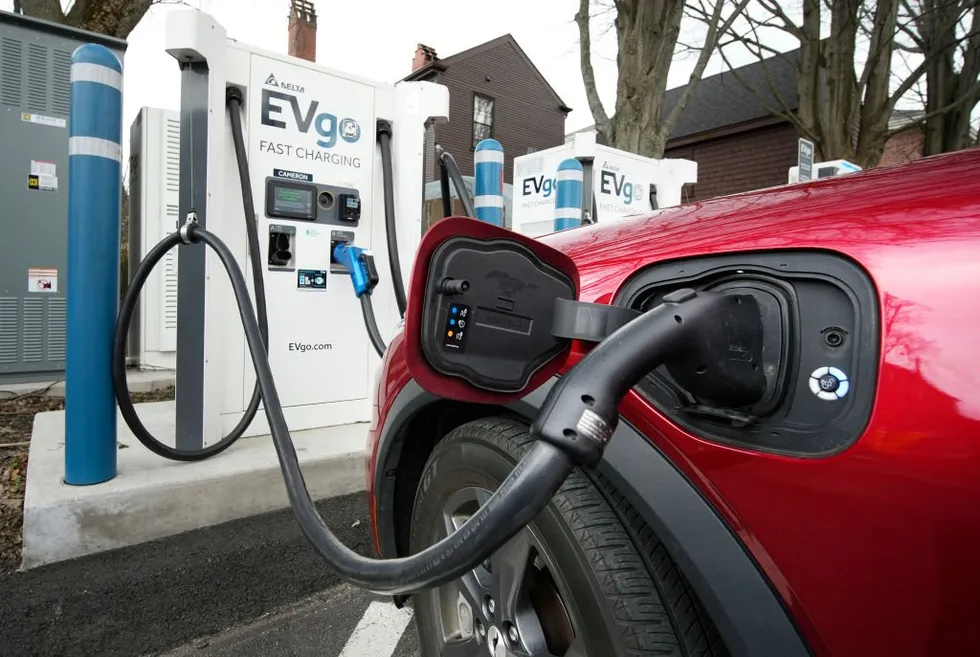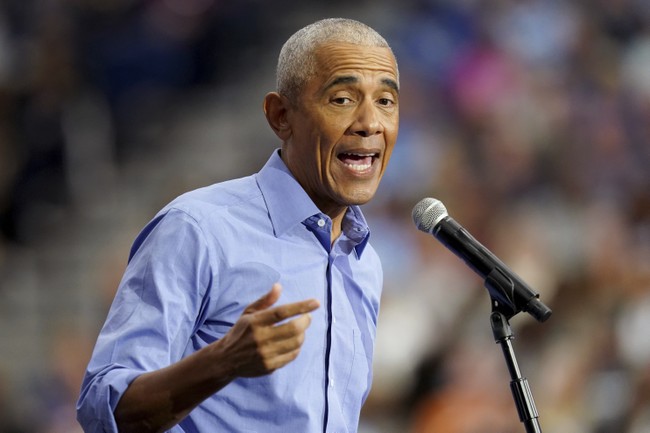The latest problem with EV charging stations: Power supply

The transition from gas-powered automobiles to electric vehicles has been a gong show, even though Democrat bans on new gas cars have not yet gone into effect. The trouble is not simply that EVs — which require the mining of many times more minerals than required for a conventional vehicle — are less environmentally friendly than promised or that they are both expensive and unreliable.
Electric vehicles require charging stations. Unless Americans are to be confined to 15-minute cities, there needs to be a juiced network of such stations.
The infrastructure is not in place, however, thanks in part to the Biden administration’s bungling of its promised national rollout of EV charging stations. The Democratic administration has established fewer than a dozen of the promised 500,000 charging stations across the country.
Even if there was a satisfactory number of active stations, there is no guarantee they would be useful on account of power supply issues.
Last month, the California-based software company Xendee released the results of its survey of leaders “involved in the development, operation, and commercial use of EV charging infrastructure.”
75% of respondents said electric grid limitations were a “significant roadblock to the rollout of EV charging infrastructure for commercial EV usage.” Despite uncertainty about whether the charging stations will have the power to charge the cars, 84% of fleet owners indicated they expect to draw grid power from the utility.
A new report from ISO New England Inc., the transmission organization that oversees New England’s bulk electric power system and corresponding transmission lines, revealed that EV vehicle adoption over the next decade would significantly drive up electricity demand — demand satisfied mostly with natural gas, reported the VTDigger.
Vermont is hardly an exception. Princeton University recently projected that the U.S. will need 3,360% more electricity on hand to satisfy the Biden administration’s EV goals, reported the Daily Mail.
“Right now, our infrastructure is likely ‘OK’ for the slow trickle of EV adoption,” Robby DeGraff, the manager of product and consumer insights at AutoPacific, told the Mail. Increased demand shaped by government mandates will, however, mean that “the grid will certainly need to be revamped.”
Already states like Georgia, Arizona, and California are buzzing their way toward capacity, and the costly infrastructure needed is far from established.
Michael Stadler, chief technology and marketing officer at Xendee, told Utility Drive that not only have numerous prospective EV charging station developers acknowledged they would be unable to acquire adequate electricity from utilities, electricity prices in some regions make it uneconomic to link up.
“Time of use rates and power charges are a really big problem,” said Stadler. “If you end up paying more for electricity than gas, then something is wrong.”
Many of Xendee’s clients have apparently opted to install fossil-fuel-powered generators to power their charging stations. So in effect, there’s a good chance that EVs whose drivers manage to find charging stations are powered by the same energy source EV is supposed to have made redundant — if not by a generator on-site, then by a predominantly gas-powered grid.
Like Blaze News? Bypass the censors, sign up for our newsletters, and get stories like this direct to your inbox. Sign up here!







